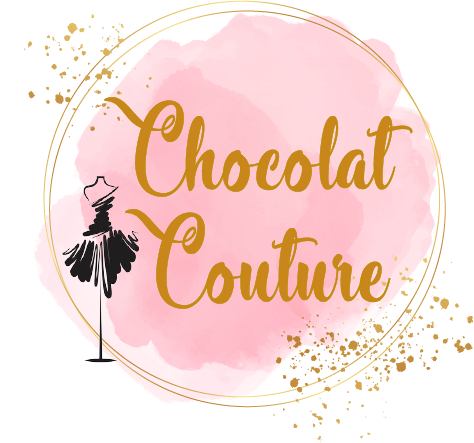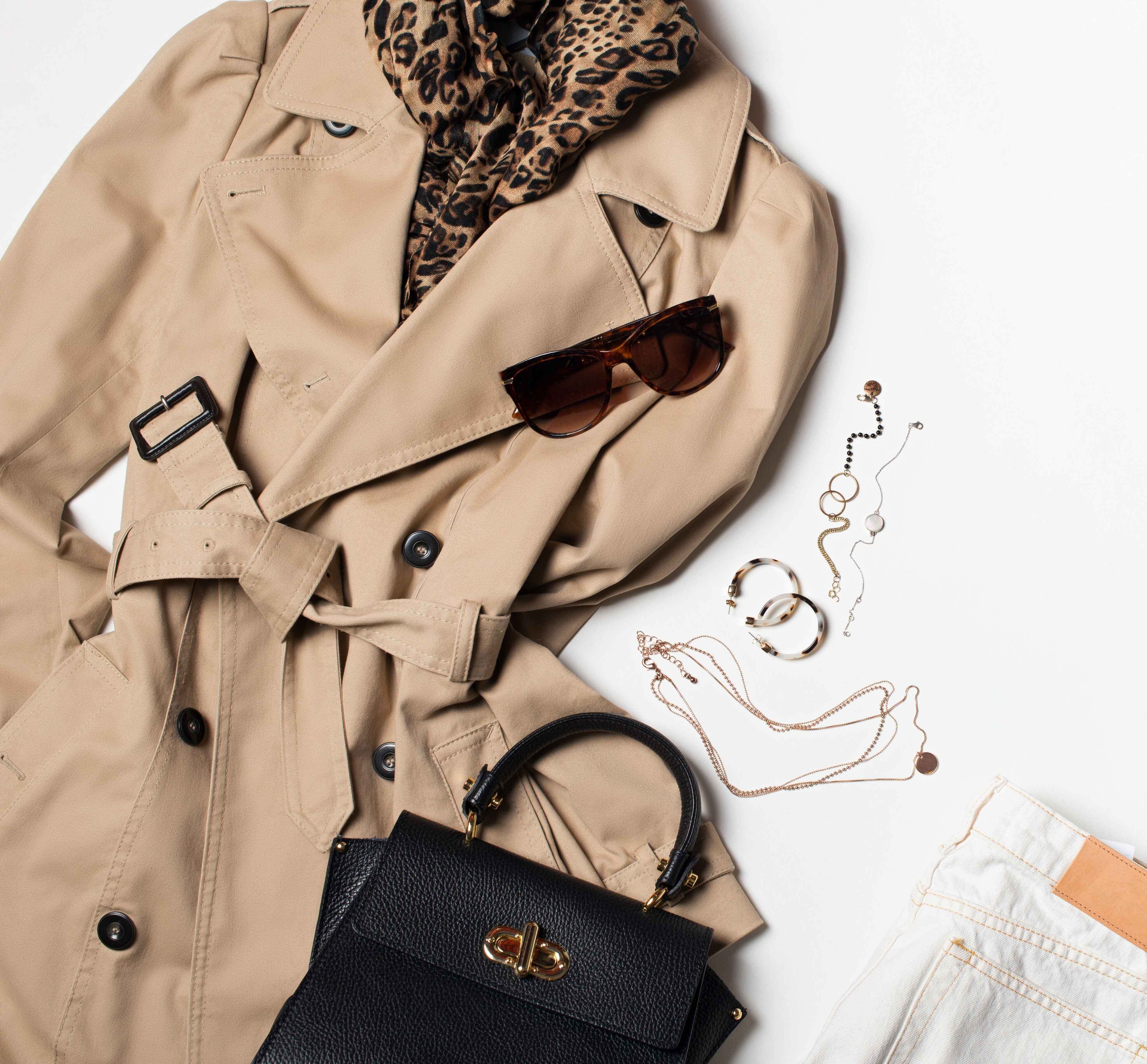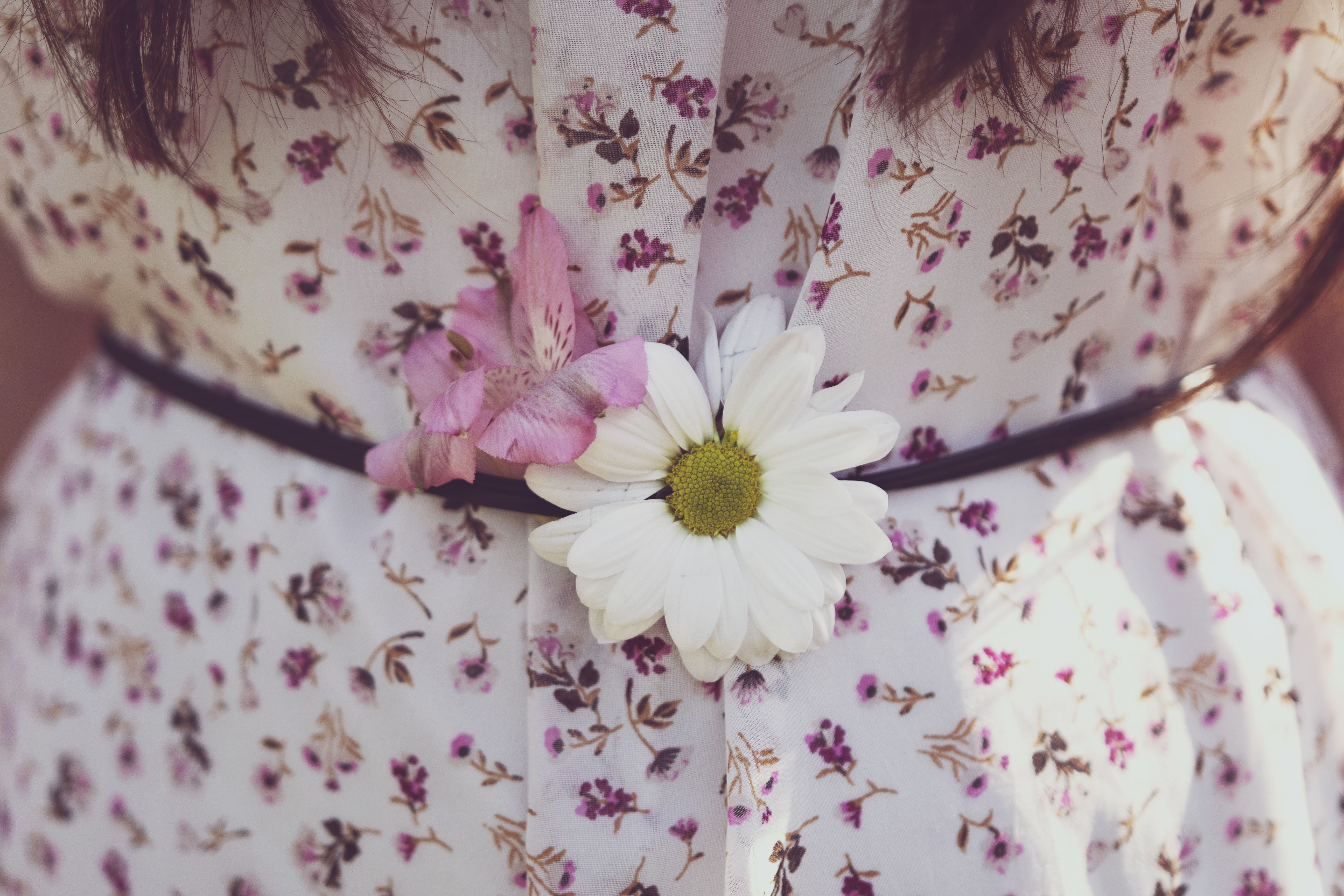Leaf Dyeing: Exploring Sustainable Fashion through Time and Culture

Have you ever wondered how the beautiful colors on fabrics are created? Many of these hues are actually the outcome of chemical dyeing, which is a convenient and affordable method for the fashion industry to create a wide range of colors. However, as we highlighted in our previous blog post on silk production, the use of chemicals in the dyeing process can have negative effects on the environment, the workers, and even the people who wear the clothes.
In recent years, as the fashion industry embraces sustainability and eco-friendly practices, there has been a resurgence of interest in natural dyeing. People are now turning to fruits, vegetables, and plants to create stunning colors on fabrics. Among the various natural dyeing techniques, one that stands out is leaf dyeing. Although we're not sure where it originated, leaf dyeing has been practiced for over 5000 years and continues to be a source of inspiration today. Evidence of this method can be found in archaeological discoveries and historical records from different cultures such as Egypt, China, India, and regions of the Americas.

The reason I'm excited to discuss natural dyeing and leaf dyeing is because the dyeing factory we collaborate with in Bali uses leaves as their dyeing sources. They explained that leaf dyeing creates colors that last longer compared to other natural sources. This got me really curious and eager to learn more about the uniqueness of this natural dyeing method. 🎨
If you're interested in the art of leaf dyeing and excited to learn more about natural dyeing like me, then join us on this adventure. In the next part of this blog post, we'll take a closer look at how leaf dyeing works and discover the amazing process of creating colors from natural sources.

Why Use Leaves to Make Natural Dyes?
Before we explore the fascinating world of leaf dyeing, let's take a moment to understand why leaves are excellent for creating natural dyes. It turns out that leaves have a beautiful range of colors like green, yellow, orange, and red, thanks to special substances called chlorophyll, carotenoids, and anthocyanins. These natural compounds give leaves their vibrant and captivating hues.
- Chlorophyll is what makes leaves green. It helps plants make their own food from sunlight. This process is called photosynthesis. During photosynthesis, plants use sunlight, carbon dioxide, and water to create glucose, which is a type of sugar, and oxygen. The glucose acts as food for the plant, giving it the energy it needs to grow and carry out its functions. Leaves have more chlorophyll than flowers and fruits because they need a lot of sunlight to grow.
- Carotenoids are the substances that make plants look yellow, orange, or red. They protect plants from the sun and attract bees, butterflies, birds, and insects. Some flowers and fruits have a lot of carotenoids, but leaves can also have them, especially in the fall (autumn) when they change color.
- Anthocyanins are the substances that make plants look red, purple, or blue. They attract insects and protect plants from stress and the sun. Flowers and fruits often have more anthocyanins, but leaves can also have them, just not as much.
The colors in leaves are special because they are stronger and last longer compared to the colors in flowers and fruits. So when you use leaves to dye something, the colors stay bright even after washing and being in the sun. Unlike the colors from flowers and fruits that may fade away, the colors from leaves are more resilient and can maintain their vibrancy for a longer time.
How Leaf Dyeing Works?
Now, let's take a closer look at how leaf dyeing works. This ancient method of dyeing has been passed down through generations, preserving the valuable knowledge and skills of experienced craftsmen.
It's important to note that different facilities may have their own special techniques. One wonderful example is our collaborator—a family-owned natural dye factory located in Bali, Indonesia. They have been practicing this traditional craft since 2001.
In summary, the leaf dyeing process involves four main steps:
- Prepare the leaves: Gather fresh leaves and let them dry. Once dry, crumble them into small pieces to make the dye material.
- Dye the fabric: Place the fabric or yarn in hot water along with the prepared leaves. Let them simmer together to infuse the colors. Gently move the fabric or yarn around in the water to ensure even coloring. Boil the mixture for about 7-8 hours.
- Rinse the fabric: Thoroughly rinse the fabric with cool water until the water runs clear. This step removes any extra dye and helps the fabric retain its desired colors. The water used in dyeing is filtered naturally to remove impurities. The extracted liquid is saved, and the waste from boiling is used as compost. ♻️
- Dry the fabric: Hang the fabric in a well-ventilated area, away from direct sunlight. Let it dry completely to set the colors. This process may be repeated 8-10 times to achieve the desired color intensity.

Here, I would like to use a question and answer format to explain the process in a simpler way:
Why do we dry and shred the leaves before dyeing?
Drying and shredding the leaves are important steps in the dyeing process. First, we dry the leaves to remove any moisture. Moisture can make it difficult for the colors to stick to the fabric. So, by drying the leaves, we ensure they are ready to release their colors effectively. Second, we shred the leaves into small pieces and this helps to release more color pigments. When the leaves are broken down into small flakes, we get more vibrant and even colors on the fabric.
Why is hot water used in the natural dyeing process?
Hot water is used in natural dyeing because it helps the fabric absorb the dye better. When the water is hot, it opens up the fabric's fibers, making them more receptive to the dye. The heat also helps release the color from the natural dye materials, allowing it to go into the fabric easily. For even richer colors, it’s better to dye yarn and then weave it into fabric rather than dye fabric.

Are all leaves suitable for dyeing with? And do we need to use any special chemicals to make the colors stay on the fabric?
Not all leaves are suitable for dyeing because some have natural dyes or pigments, while others do not. Fragile or easily breakable leaves may not work well for dyeing. To make the colors stick to the fabric and last longer, people often use special chemicals called mordants. Mordants, such as alum, iron, or substances rich in tannins like oak galls or tea leaves, intensify the colors and prevent them from fading easily, even after washing or exposure to sunlight. However, not all natural dyeing processes require mordants, as some leaves naturally have properties that allow the colors to attach to the fabric without additional chemicals.
We're happy to share that our dye factory partner doesn't use any chemicals in the process. Instead, they carefully select certain plants and parts from their own plantation. These plants already have natural tannins or color-fixing properties, which means they can create long-lasting colors without the need for additional chemicals. One advantage of not using mordants in the dyeing process is that the water used can be recycled. After each dyeing session, the water undergoes a natural filtering process to remove impurities, ensuring its suitability for future dyeing sessions. The extracted liquid is stored, while the waste from the boiling process is returned to the plantation as compost. ♻️
What colors can be created by using leaves or plant parts for dyeing?
When dyeing fabric with leaves, different kinds of leaves can be used to create various colors. The color created by a specific leaf can be determined through the final color that remains on the fabric after rinsing it multiple times until the water runs clear (Does it sound like magic? 🪄✨) If the color from the specific leaf stays on the fabric even after thorough rinsing, it indicates that the dye has successfully bonded with the fabric fibers!
However, it's important to note that achieving bright colors, like lemon yellow, can be challenging in natural dyeing because we start with dried leaves.
Below are the leaves and plant parts chosen for dyeing by our dye factory partner. They have shared the colors that can be created using these natural ingredients. These colors act as a starting point, and we can experiment with different soaking times to achieve various levels of color intensity.
- Mango leaf - Yellow
- Ketapang leaf - Black
- Mahogany leaf - Brown
- Sappan wood - Red
- Indigofera leaf - Indigo

Which types of fabrics are suitable for leaf dyeing or natural dyeing in general?
We learned that only natural or organic fabrics and yarns can be used for natural dyeing because no chemicals are used in the process, and we are excited to share that our fabrics meet this requirement!
While it is true that every situation has its positives and negatives, we also have some challenges to consider in this case. The fabrics we use for dyeing need to be cut into smaller pieces, with a maximum length of 3-4 meters. Additionally, after dyeing, the fabric may shrink by around 10-15%. This means we should order a bit more fabric from our supplier to account for this shrinkage and make sure we have enough fabric to create our clothes. However, the good news is that none of our pattern pieces require more than 3-4 meters of fabric. This means that cutting the fabric into smaller pieces from a larger batch will still work for our project.
We are excited to share with you some pictures of the dyed samples provided by our dye factory partner! Now, let us introduce you to the fabric we have chosen for our dress product. This fabric, with its lovely texture and intentional small strips, creates a unique and fascinating look when combined with the natural dye on the Lyocell Cupro blended Jacquard fabric. The vibrant red color comes from sappan wood, while the captivating green-blue shade is achieved using indigofera leaves. It's truly amazing to see how nature's ingredients can create such stunning and distinct colors on fabrics! 🤩
You might have noticed that these two colors come from the warm and cool color palettes. We chose this combination to ensure that our products complement our customers. We believe that this approach prioritizes sustainability without compromising on style, offering a solution that is both environmentally friendly and fashionable. 😊

Preserving Traditions and Cultures
We are truly amazed by the natural dye process and the immense dedication it requires. It's an art form that carries the essence of cultural heritage and traditions that have been cherished for generations.
As we explore our creative journey, we find inspiration from different cultures, including the traditions of China, which is where I come from. We can't wait to unveil our creations in the coming months and show you how we merge diverse traditions to create our designs!
Thank you for taking the time to read this blog post. To stay connected and receive more exciting content every other week, we encourage you to subscribe to our email list. We look forward to sharing our journey with you! 😊





1 comment
Love learning how the fabric was made! It was so eye opening, and the pic illustrates the idea so well!
Anonymous
Leave a comment
This site is protected by hCaptcha and the hCaptcha Privacy Policy and Terms of Service apply.